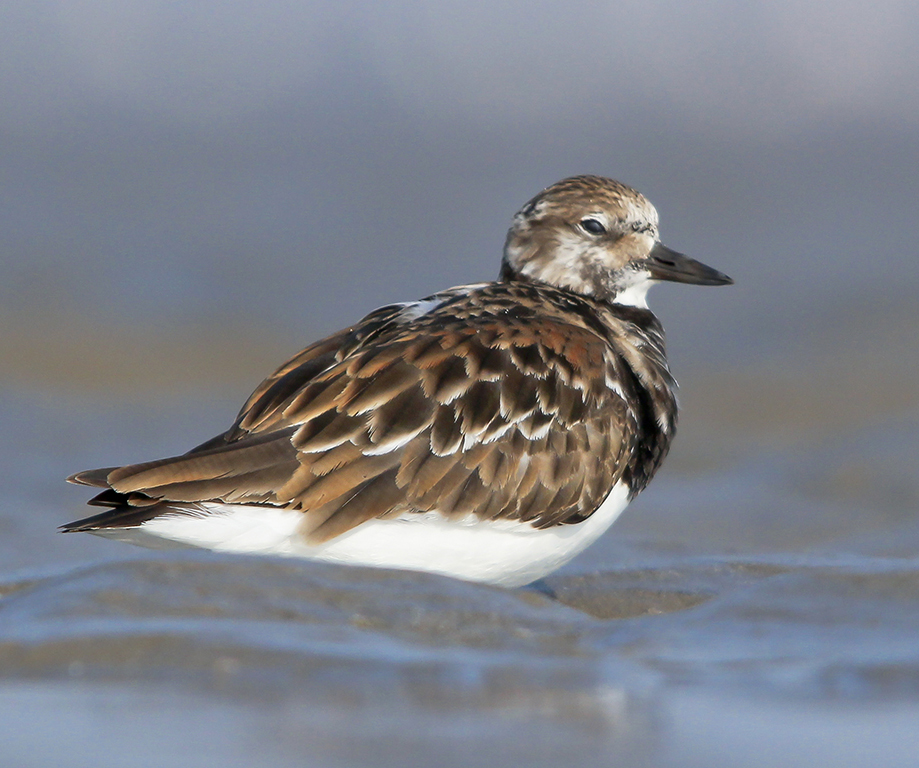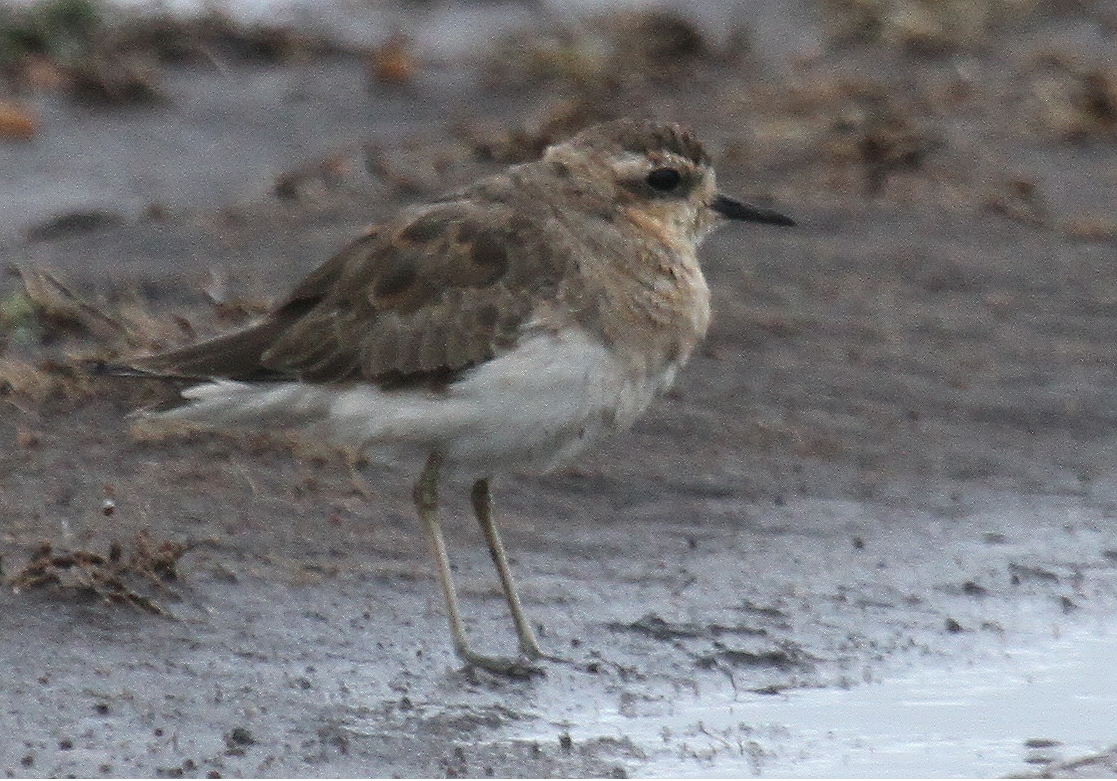|
Japan–Australia Migratory Bird Agreement
The Japan Australia Migratory Bird Agreement (JAMBA) is a treaty between Australia and Japan to minimise harm to the major areas used by birds which migrate between the two countries. JAMBA was first developed on February 6, 1974 and came into force on April 30, 1981. JAMBA provides for cooperation between Japan and Australia on measures for the management and protection of migratory birds, birds in danger of extinction, and the management and protection of their environments, and requires each country to take appropriate measures to preserve and enhance the environment of birds protected under the provisions of the agreement. Listed species The treaty lists 66 species of birds, as per the table below. See also * Convention on Biological Diversity * List of international environmental agreements * Environment Protection and Biodiversity Conservation Act 1999 * China–Australia Migratory Bird Agreement *Republic of Korea–Australia Migratory Bird Agreement * Bonn Convention ... [...More Info...] [...Related Items...] OR: [Wikipedia] [Google] [Baidu] |
Australia
Australia, officially the Commonwealth of Australia, is a Sovereign state, sovereign country comprising the mainland of the Australia (continent), Australian continent, the island of Tasmania, and numerous List of islands of Australia, smaller islands. With an area of , Australia is the largest country by area in Oceania and the world's List of countries and dependencies by area, sixth-largest country. Australia is the oldest, flattest, and driest inhabited continent, with the least fertile soils. It is a Megadiverse countries, megadiverse country, and its size gives it a wide variety of landscapes and climates, with Deserts of Australia, deserts in the centre, tropical Forests of Australia, rainforests in the north-east, and List of mountains in Australia, mountain ranges in the south-east. The ancestors of Aboriginal Australians began arriving from south east Asia approximately Early human migrations#Nearby Oceania, 65,000 years ago, during the Last Glacial Period, last i ... [...More Info...] [...Related Items...] OR: [Wikipedia] [Google] [Baidu] |
Garganey
The garganey (''Spatula querquedula'') is a small dabbling duck. It breeds in much of Europe and across the Palearctic, but is strictly migratory, with the entire population moving to southern Africa, India (in particular Santragachi), Bangladesh (in the natural reservoirs of Sylhet district) and Australasia during the winter of the Northern hemisphere, where large flocks can occur. This species was first described by Carl Linnaeus in his landmark 1758 10th edition of ''Systema Naturae''. Like other small ducks such as the Eurasian teal, this species rises easily from the water with a fast twisting wader-like flight. Their breeding habitat is grassland adjacent to shallow marshes and steppe lakes. Taxonomy The first formal description of the garganey was by the Swedish naturalist Carl Linnaeus in 1758 in the tenth edition of his ''Systema Naturae''. He introduced the binomial name ''Anas querquedula''. A molecular phylogentic study comparing mitochondrial DNA sequences publis ... [...More Info...] [...Related Items...] OR: [Wikipedia] [Google] [Baidu] |
Sharp-tailed Sandpiper
The sharp-tailed sandpiper (''Calidris acuminata'') (but see below) is a small wader. Taxonomy A review of data has indicated that this bird should perhaps better be placed into the genus ''Philomachus'' – as ''P. acuminatus'' – which now contains only the ruff but if the sharp-tailed sandpiper is merged into it would need to accommodate the broad-billed sandpiper. While the latter is a peculiar calidrid, the sharp-tailed sandpiper is much more similar to other ''Calidris''/''Erolia'' species such as the pectoral sandpiper. On the one hand, its larger size and long-legged stance, and the breast pattern which gradually fades away on the belly as in the ruff instead of having a fairly sharp border as in the ''Calidris''/''Erolia'' stints indicate that placement in ''Philomachus'' may be correct. Still, it is just as possible that – given the fairly common instances of hybridization in calidrines – mitochondrial DNA data has given a false picture of this species' true af ... [...More Info...] [...Related Items...] OR: [Wikipedia] [Google] [Baidu] |
Pectoral Sandpiper
The pectoral sandpiper (''Calidris melanotos'') is a small, migratory wader that breeds in North America and Asia, wintering in South America and Oceania. It eats small invertebrates. Its nest, a hole scraped in the ground and with a thick lining, is deep enough to protect its four eggs from the cool breezes of its breeding grounds. The pectoral sandpiper is long, with a wingspan of . Taxonomy The pectoral sandpiper is sometimes separated with the "stint" sandpipers in ''Erolia''. This may or may not represent a good monophyletic group, depending on the placement of the phylogenetically enigmatic curlew sandpiper (''"C." ferruginea''), the type species of ''Erolia''. In any case, the genus name ''Ereunetes''—formerly used for the western sandpiper (''"C." mauri'') and semipalmated sandpiper (''"C." pusilla''), which are also members of the stint clade—was established before ''Erolia''. "Cox's sandpiper" (''"Calidris"'' × ''paramelanotos'') is a stereotyped hybrid between t ... [...More Info...] [...Related Items...] OR: [Wikipedia] [Google] [Baidu] |
Long-toed Stint
The long-toed stint (''Calidris subminuta'') is a small wader. The genus name is from Ancient Greek ''kalidris'' or ''skalidris'', a term used by Aristotle for some grey-coloured waterside birds. The specific ''subminuta'' is from Latin ''sub'', "near to" and ''minuta'', "small" from its similarity to the little stint, ''Calidris minuta''. It breeds across northern Asia and is strongly migratory, wintering in south and south east Asia and Australasia. It occurs in western Europe only as a very rare vagrant. This bird has yellowish legs and a short thin dark bill. Breeding adults are a rich brown with darker feather centres above and white underneath. They have a light line above the eye and a brown crown. In winter, long-toed stints are grey above. The juveniles are brightly patterned above with rufous colouration and white mantle stripes. This bird can be difficult to distinguish from other similar tiny waders which are known collectively as "peeps" or "stints". In particular, ... [...More Info...] [...Related Items...] OR: [Wikipedia] [Google] [Baidu] |
Least Sandpiper
The least sandpiper (''Calidris minutilla'') is the smallest shorebird. The genus name is from Ancient Greek ''kalidris'' or ''skalidris'', a term used by Aristotle for some grey-colored waterside birds. The specific ''minutilla'' is Medieval Latin for "very small". Description This species has greenish legs and a short, thin, dark bill. Breeding adults are brown with dark brown streaks on top and white underneath. They have a light line above the eye and a dark crown. In winter, Least sandpipers are grey above. The juveniles are brightly patterned above with rufous coloration and white mantle stripes. This bird can be difficult to distinguish from other similar tiny shorebirds; these are known collectively as "peeps" or "stints". In particular, least sandpiper is very similar to its Asian counterpart, long-toed stint. It differs from that species in its more compact, shorter-necked appearance, shorter toes, somewhat duller colors, and stronger wingbar. Measurements: * Length: ... [...More Info...] [...Related Items...] OR: [Wikipedia] [Google] [Baidu] |
Red-necked Stint
The red-necked stint (''Calidris ruficollis'') is a small migratory wader. The genus name is from Ancient Greek ''kalidris'' or ''skalidris'', a term used by Aristotle for some grey-coloured waterside birds. The specific ''ruficollis'' is from Latin ''rufus'', "red" and ''collum'', "neck". Description These birds are among the smallest of waders, very similar to the little stint, ''Calidris minuta'', with which they were once considered conspecific. The red-necked stint's small size, fine dark bill, dark legs and quicker movements distinguish this species from all waders except the other dark-legged stints. It measures in length, in wingspan and in body mass. It can be distinguished from the western sandpiper and the semipalmated sandpiper in all plumages by its combination of a fine bill tip, unwebbed toes, and longer primary projection. The breeding adult has an unstreaked orange breast, bordered with dark markings below, and a white V on its back. In winter plumage identifi ... [...More Info...] [...Related Items...] OR: [Wikipedia] [Google] [Baidu] |
Ruddy Turnstone
The ruddy turnstone (''Arenaria interpres'') is a small cosmopolitan wading bird, one of two species of turnstone in the genus ''Arenaria''. It is now classified in the sandpiper family Scolopacidae but was formerly sometimes placed in the plover family Charadriidae. It is a highly migratory bird, breeding in northern parts of Eurasia and North America and flying south to winter on coastlines almost worldwide. It is the only species of turnstone in much of its range and is often known simply as turnstone. Taxonomy The ruddy turnstone was formally described by the Swedish naturalist Carl Linnaeus in 1758 in the tenth edition of his ''Systema Naturae'' under the binomial name ''Tringa interpres''. The species is now placed together with the black turnstone in the genus '' Arenaria'' that was introduced by the French zoologist Mathurin Jacques Brisson in 1760 with the ruddy turnstone as the type species. The genus name ''arenaria'' is from Latin ''arenarius'', "inhabiting sand" ... [...More Info...] [...Related Items...] OR: [Wikipedia] [Google] [Baidu] |
Grey Plover
The grey plover or black-bellied plover (''Pluvialis squatarola'') is a large plover breeding in Arctic regions. It is a long-distance migrant, with a nearly worldwide coastal distribution when not breeding. Taxonomy The grey plover was formally described by the Swedish naturalist Carl Linnaeus in 1758 in the tenth edition of his ''Systema Naturae'' under the binomial name ''Tringa squatarola''. It is now placed with three other plovers in the genus ''Pluvialis'' that was introduced by the French onithologist Mathurin Jacques Brisson in 1760. The genus name is Latin and means relating to rain, from ''pluvia'', "rain". It was believed that they flocked when rain was imminent. The species name ''squatarola'' is a Latinised version of ''Sgatarola'', a Venetian name for some kind of plover. The English common name used for this species differs in different parts of the world. It is generally known as "grey plover" in the Old World and "black-bellied plover" in the New World. Th ... [...More Info...] [...Related Items...] OR: [Wikipedia] [Google] [Baidu] |
American Golden Plover
The American golden plover (''Pluvialis dominica''), is a medium-sized plover. The genus name is Latin and means relating to rain, from ''pluvia'', "rain". It was believed that golden plovers flocked when rain was imminent. The species name ''dominica'' refers to Santo Domingo, now Hispaniola, in the West Indies. American golden plover and picked up the spores while lining their nests. Then when the birds arrive in new places they molt, leaving behind the feathers and their precious cargo to start growing again at the other end of the world. Description Measurements: * Length: * Weight: * Wingspan: The breeding adult American golden plover has a black face, neck, breast, and belly, with a white crown and nape that extends to the side of the breast. The back is mottled black and white with pale, gold spots. The breeding female is similar, but with less black. When in , both sexes have grey-brown upperparts, pale grey-brown underparts, and a whitish eyebrow. The head is sma ... [...More Info...] [...Related Items...] OR: [Wikipedia] [Google] [Baidu] |
Caspian Plover
The Caspian plover (''Charadrius asiaticus'') is a wader in the plover family of birds. The genus name ''Charadrius'' is a Late Latin word for a yellowish bird mentioned in the fourth-century Vulgate. It derives from Ancient Greek ''kharadrios'' a bird found in ravines and river valleys (''kharadra'', "ravine"). The specific ''asiaticus'' is Latin and means "Asian", although in binomials it usually means the type locality was India. This plover breeds in western and central Asia and migrates southward to eastern and southern Africa to escape the northern winter. Description This plover is slightly larger than ringed plover, and it recalls greater sandplover and lesser sandplover in appearance. It is slimmer and longer-legged than the sandplovers, and has a much stronger white supercilium, and a long thin bill. It also lacks white tail sides and a weak wing bar. Summer males have grey-brown backs and a white face and belly. The breast is chestnut, bordered black below. Other ... [...More Info...] [...Related Items...] OR: [Wikipedia] [Google] [Baidu] |
_in_AP_W_IMG_2844.jpg)



.jpg)

